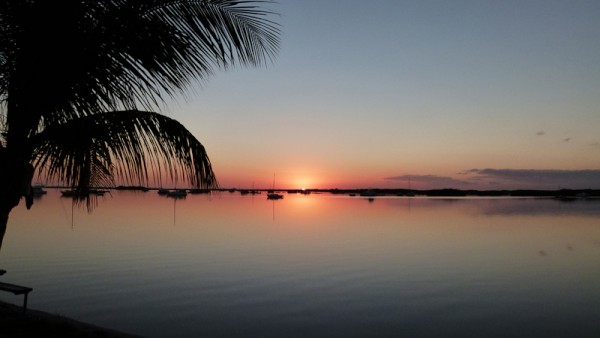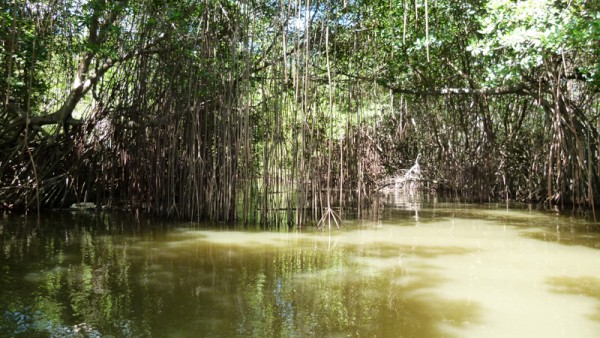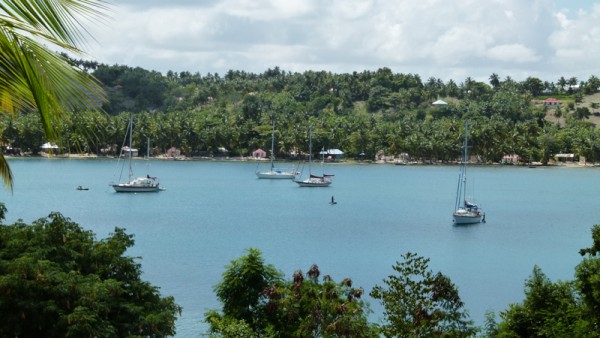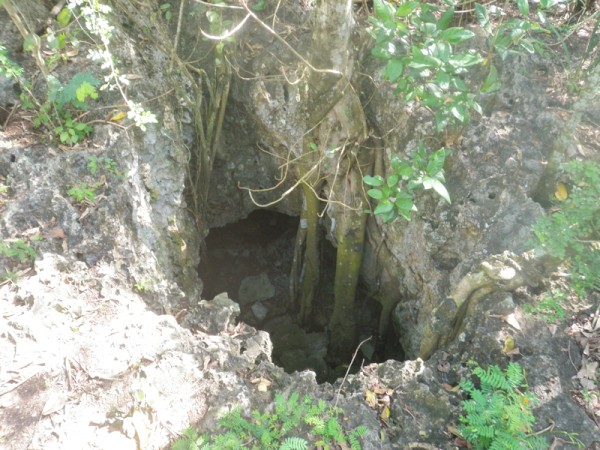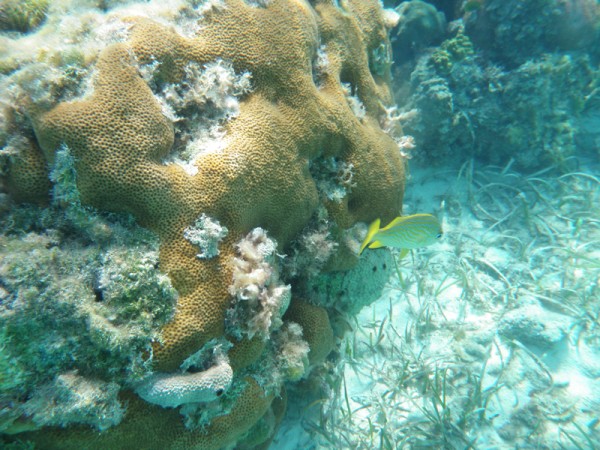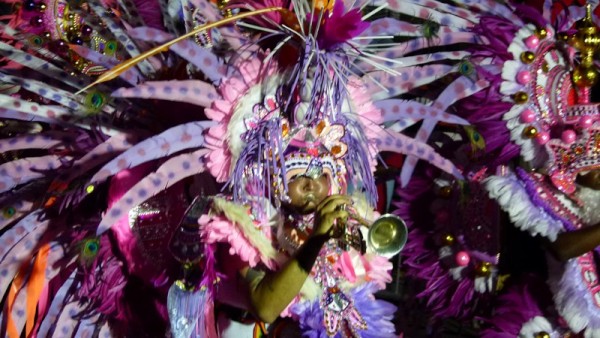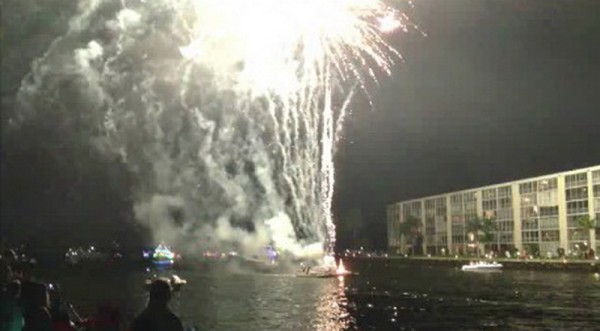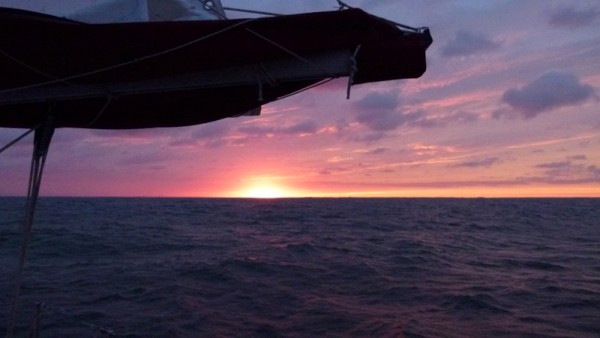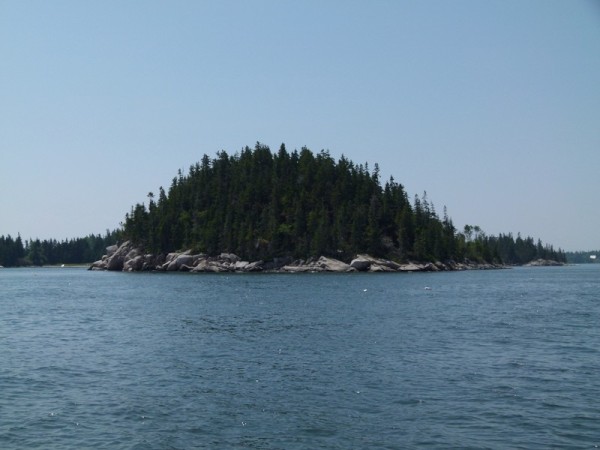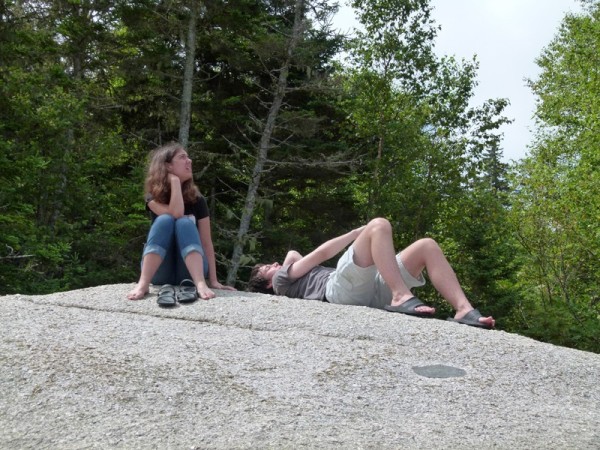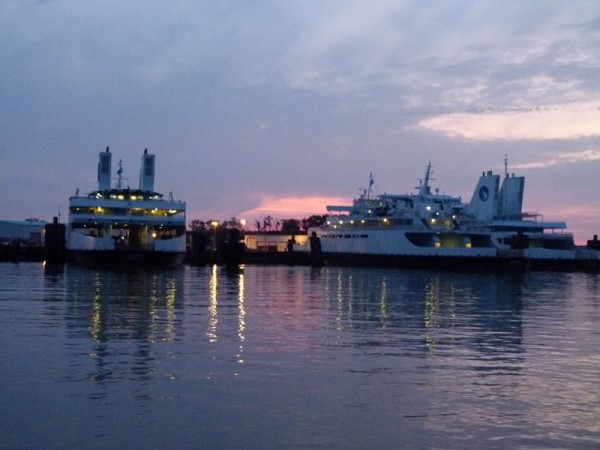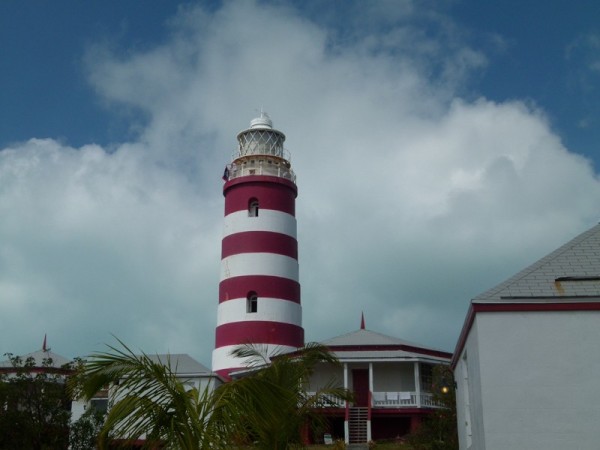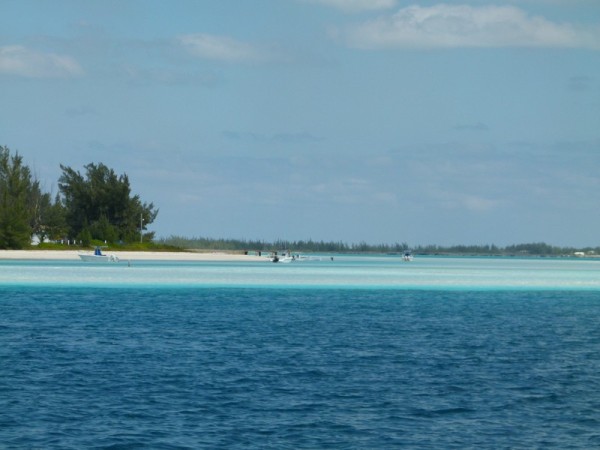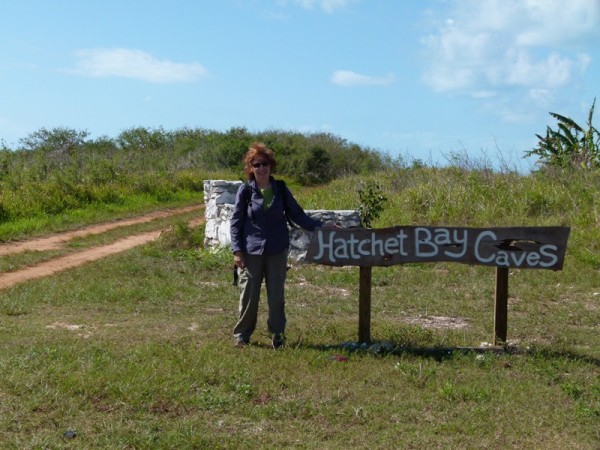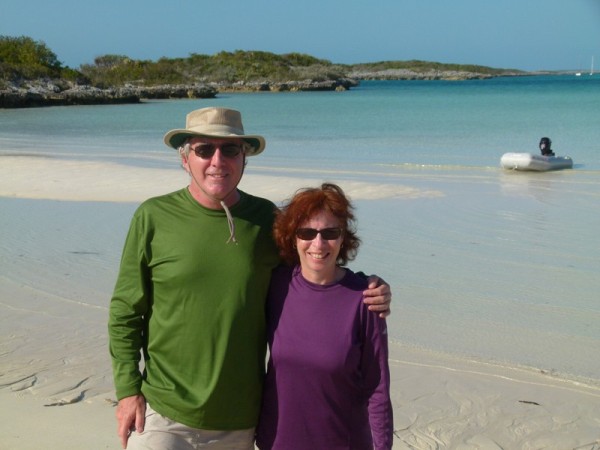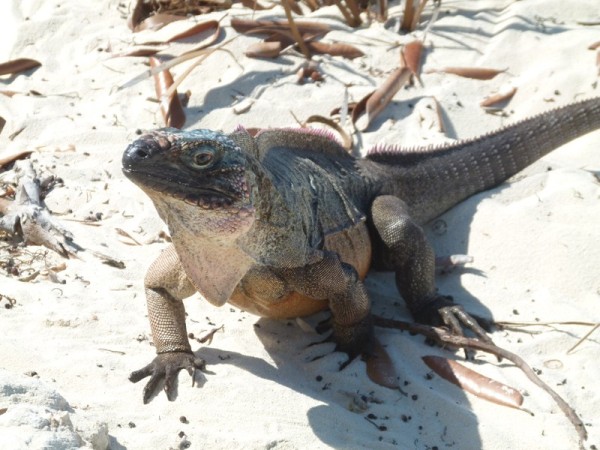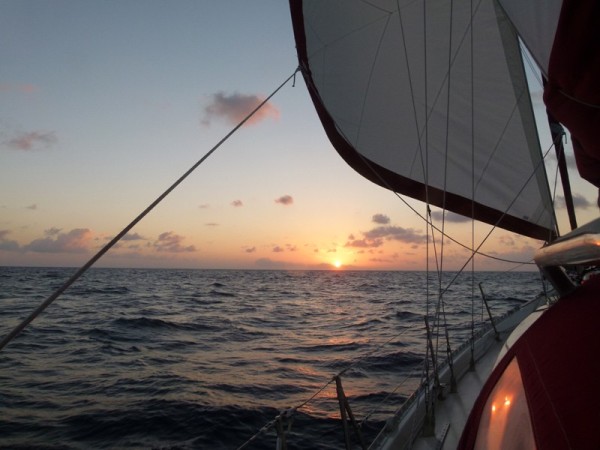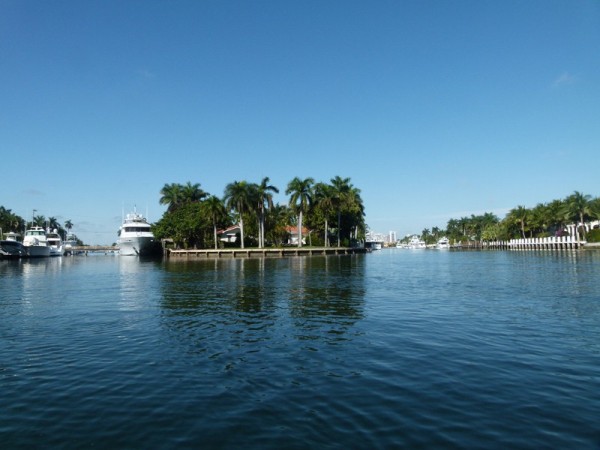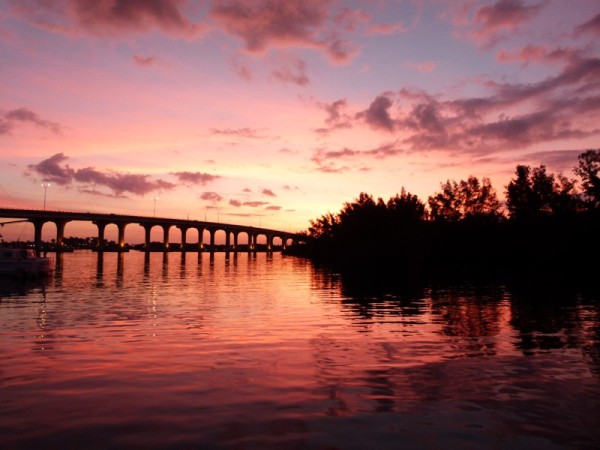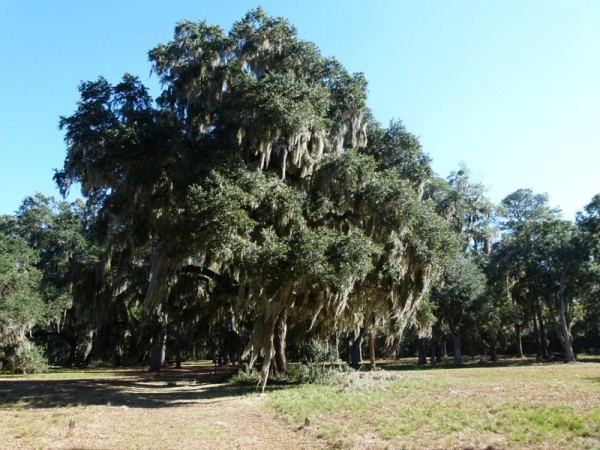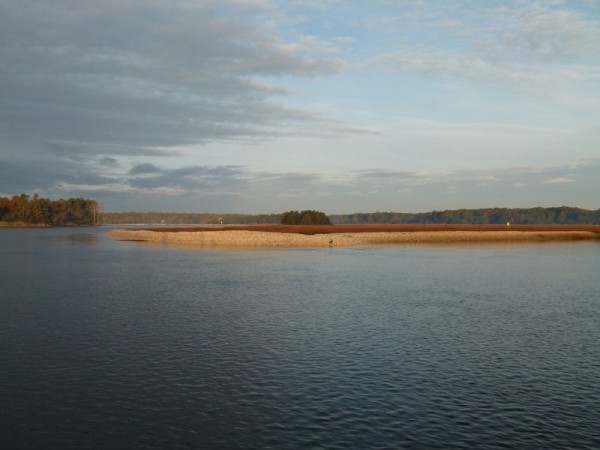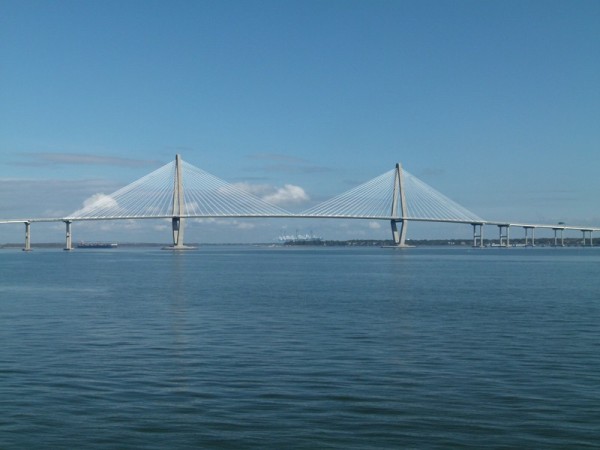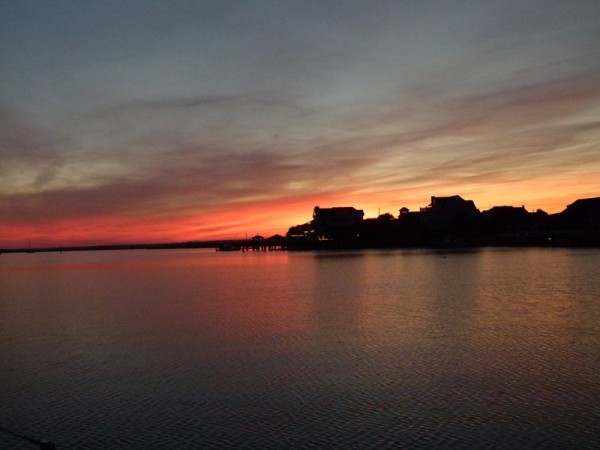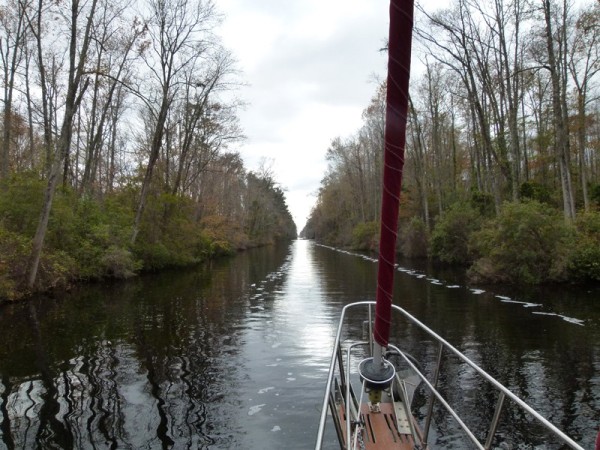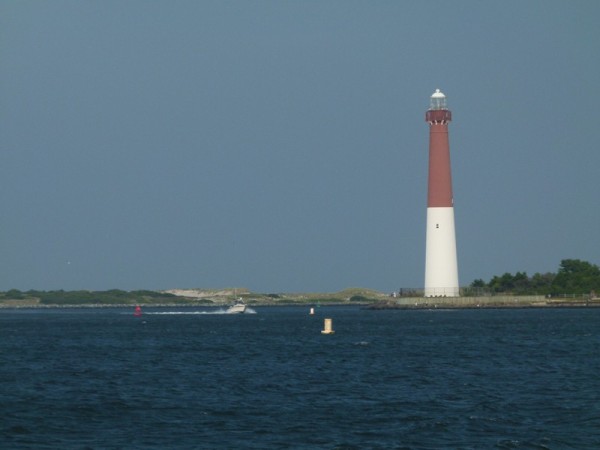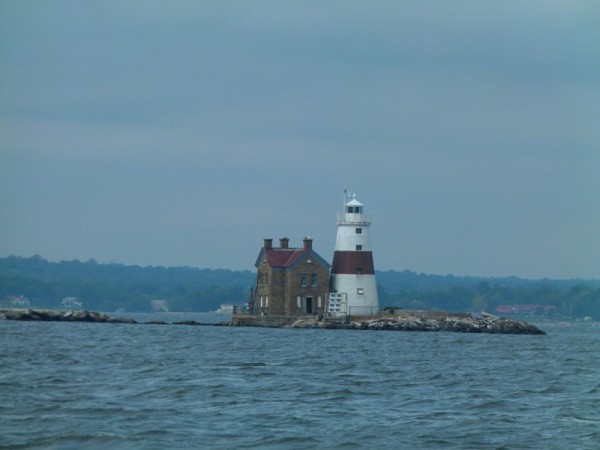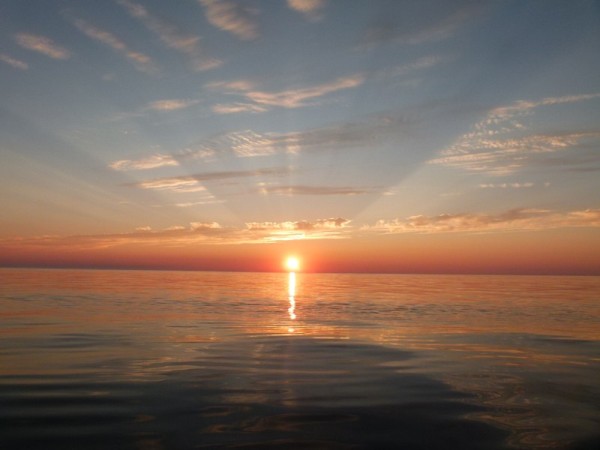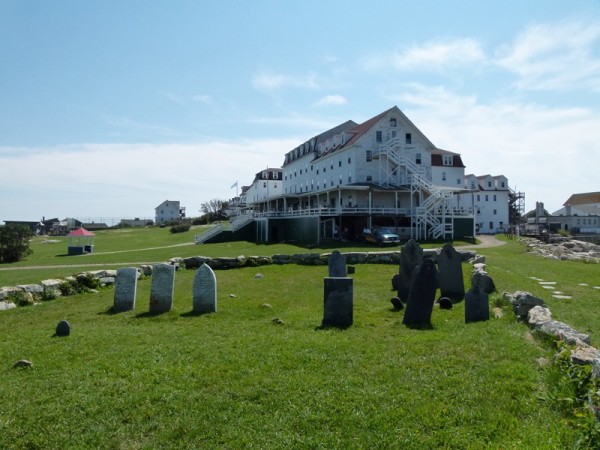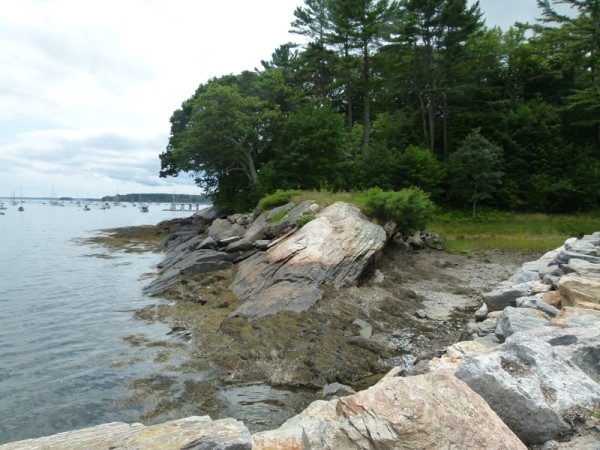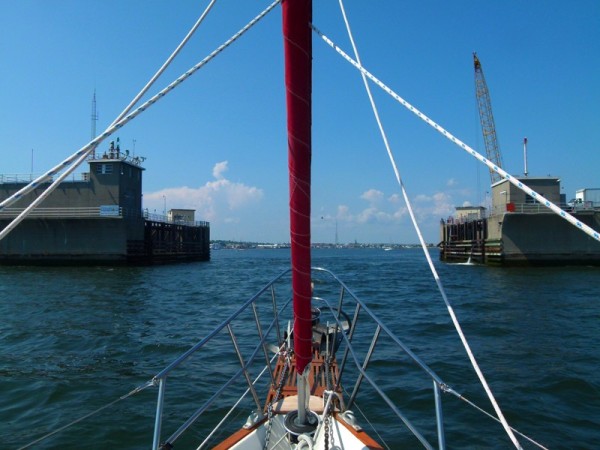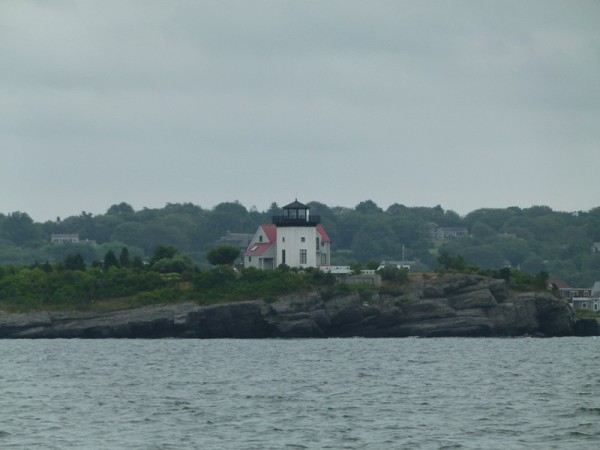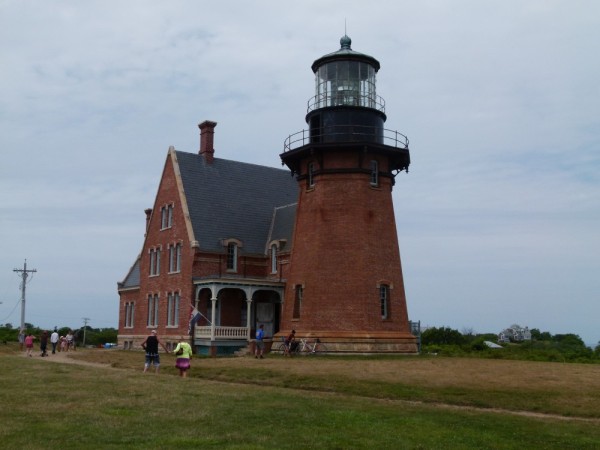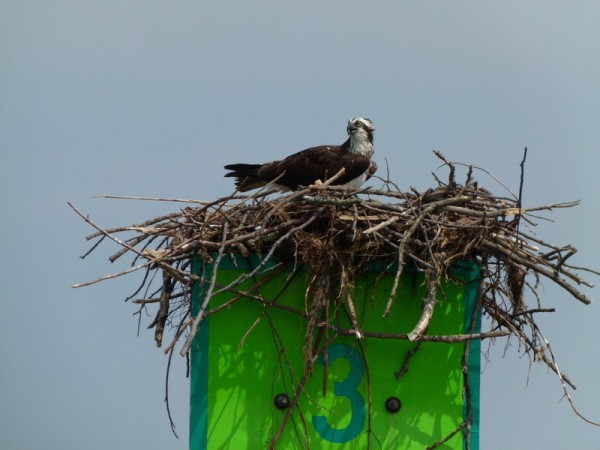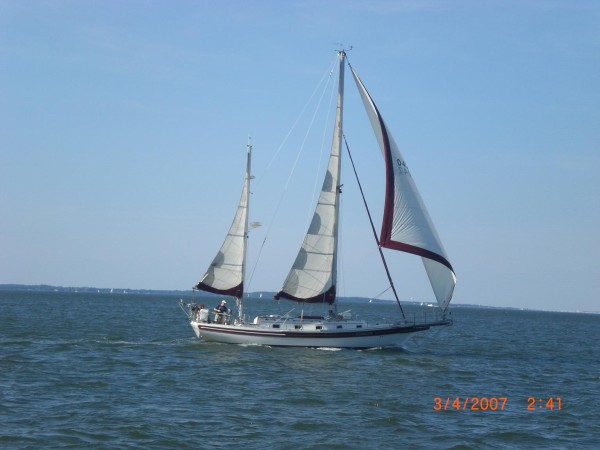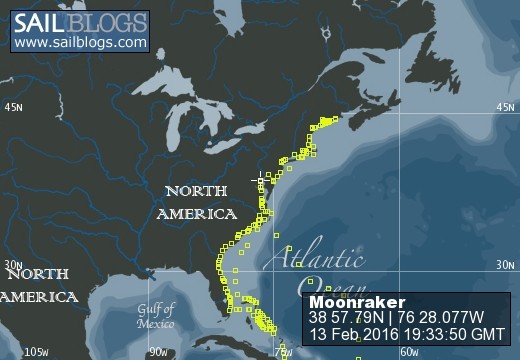
Moonraker
This blog chronicles the adventures of the sailing vessel Moonraker. We just finished the second year of our cruising life. We explored the US East Coast from Maine to Florida, the Bahamas, Haiti, PR, and the Virgin Islands.
19 May 2016 | Port Annapolis Marina, Annapolis, MD
06 April 2016 | Port Annapolis Marina, Annapolis, MD
13 February 2016 | Port Annapolis Marina, Annapolis, MD
21 January 2016 | Port Annapolis Marina, Annapolis, MD
09 December 2015 | Port Annapolis Marina, Annapolis, MD
05 November 2015 | Annapolis, Maryland
22 October 2015 | Annapolis, Maryland
01 October 2015 | Annapolis, Maryland
14 August 2015 | Annapolis, Maryland
15 July 2015 | Annapolis, Maryland
08 June 2015 | Hillsmere Shores Marina, Annapolis, Maryland
26 May 2015 | Annapolis, Maryland
14 May 2015 | Annapolis, Maryland
09 March 2015 | Annapolis, Maryland
17 February 2015 | Annapolis, Maryland
08 January 2015 | Annapolis, Maryland
08 December 2014 | Annapolis, Maryland
31 October 2014 | Annapolis, Maryland
20 October 2014 | Annapolis, Maryland
04 October 2014 | Port Annapolis Marina, Annapolis, Maryland
Chesapeake Bound - Day 6
21 May 2014 | 600 miles east of Cape Canaveral
Bill
Yesterday was a really easy day. The wind was very light so we just motored all day at a leisurely pace. The wind was predicted to finally start picking up from the northeast and at around 8pm it finally did. The good news was that after 40 hours of motoring the wind was back and we were finally sailing. The bad news was that the wind was back. It was supposed to be blowing at 10 knots all night, maybe 12 knots by morning. That would have been too easy. By midnight it was blowing 15 to 20 knots. We had to reef the main twice and it got pretty rough. Reefing (reducing the sail by partially lowering it) in the dark is always a challenge. One of us, usually me, has to go up to the base of the mast and it's hard to see anything. You need to hang on with one hand and work with the other so you cant hold a flashlight. Our solution is to use our caving headlamps. Since we have our caving gear with us and the headlamps are on our caving helmets we just put the helmet on when we need a light on deck. The helmet is a good idea anyway in case something smacks you in the head. Of course, we always have our safety harness on and clip into the jack lines (straps running along the deck) when going forward at night or in rough weather. If one of us went overboard out here it is likely that the other wouldn't be able to save them so we really try and stay on the boat.
It's nice to be sailing again but the comfort level is way down. Besides the motion (neither of us got much sleep last night) it's getting colder. I actually had to have long pants on last night. I haven't had long pants on since Thanksgiving. Really... I'm not kidding!
We had one of those moments that only a sailor can really appreciate yesterday. In the middle of the day, I looked at the cushion I had been sitting on earlier and right in the middle of it is a pin from a small shackle. At home, if you find a part from something and you cant figure out what it is, you just put it in the junk drawer and don't think about it. Not on a sailboat. That pin came from somewhere and it might be really important. I puzzled over it for a while and finally figured it out. It came from the small block that's part of the mizzen lazy jacks (the lines on the sail that help keep it on the boom when you lower it) . Once I figured that out the next problem was how to retrieve the end of the line that was swinging 10 feet off the deck. The boat hook solved that problem and soon everything was fixed. Living on a sailboat, especially when underway, is always a challenge. There's always something to fix or a problem to solve. It makes life interesting!
We are now 600 miles east of Cape Canaveral and about 700 miles from the Chesapeake Bay.
It's nice to be sailing again but the comfort level is way down. Besides the motion (neither of us got much sleep last night) it's getting colder. I actually had to have long pants on last night. I haven't had long pants on since Thanksgiving. Really... I'm not kidding!
We had one of those moments that only a sailor can really appreciate yesterday. In the middle of the day, I looked at the cushion I had been sitting on earlier and right in the middle of it is a pin from a small shackle. At home, if you find a part from something and you cant figure out what it is, you just put it in the junk drawer and don't think about it. Not on a sailboat. That pin came from somewhere and it might be really important. I puzzled over it for a while and finally figured it out. It came from the small block that's part of the mizzen lazy jacks (the lines on the sail that help keep it on the boom when you lower it) . Once I figured that out the next problem was how to retrieve the end of the line that was swinging 10 feet off the deck. The boat hook solved that problem and soon everything was fixed. Living on a sailboat, especially when underway, is always a challenge. There's always something to fix or a problem to solve. It makes life interesting!
We are now 600 miles east of Cape Canaveral and about 700 miles from the Chesapeake Bay.
Comments
| Vessel Name: | Moonraker |
| Vessel Make/Model: | Bayfield 40 |
| Hailing Port: | Annapolis, MD |
| Crew: | Bill & Donna Shuman |
| About: | |
| Extra: |
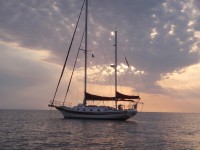
Who: Bill & Donna Shuman
Port: Annapolis, MD
Where in the World is Moonraker
Posts
Our Boat
Moonraker is a 1986 Bayfield 40 designed by the famous Ted Gozzard and built in Ontario, Canada. The rig is a cutter/ketch. Here are some of her specs:LOA: 45 ft. 6 in.
LWL: 30 ft. 6 in.
Beam: 12 ft.
Draft: 4 ft. 11 in.
Displacement: 21,000 lbs.
Ballast: 8,200 lbs.
Sail Area: 1,009 sq. ft.
Site Statistics:
